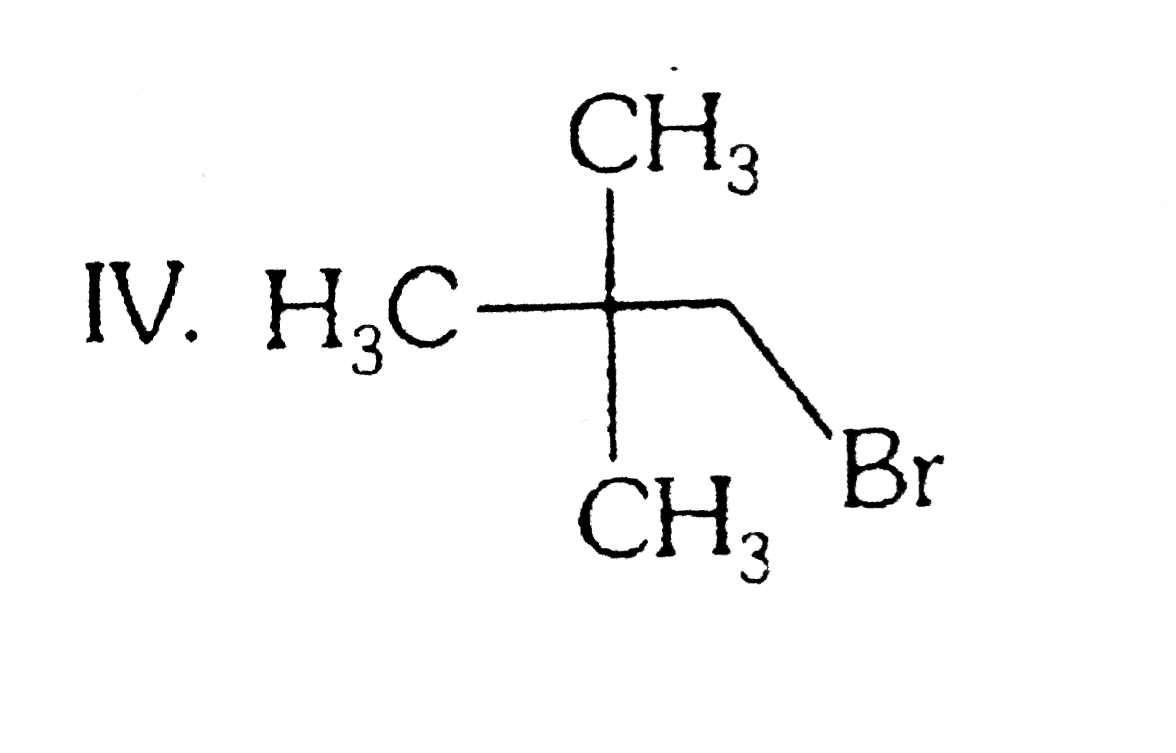In the following reaction sequence, the amount of D (in g) formed from 10 moles of acetophenone is…………………….. (Atomic weights in gmol−1: H=1, C=12, N=14, Br=80).Theyield(%) corresponding to the product in each step is given in the parenthesis)

The correct Answer is:495
Step by step video & image solution for In the following reaction sequence, the amount of D (in g) formed from 10 moles of acetophenone is…………………….. (Atomic weights in gmol^(-1): H=1, C=12, N=14, Br=80). The yield (%) corresponding to the product in each step is given in the parenthesis) by Chemistry experts to help you in doubts & scoring excellent marks in Class 12 exams.
Updated on:21/07/2023Topper's Solved these Questions
- AROMATIC COMPOUNDSBOOK - RESONANCE ENGLISHCHAPTER - AROMATIC COMPOUNDSEXERCISE - Part - II JEE MAIN
20 Videos
- AROMATIC COMPOUNDSBOOK - RESONANCE ENGLISHCHAPTER - AROMATIC COMPOUNDSEXERCISE - JEE MAIN (Online Problem)
15 Videos
- AROMATIC COMPOUNDSBOOK - RESONANCE ENGLISHCHAPTER - AROMATIC COMPOUNDSEXERCISE - Part - IV Comprehension
13 Videos
- ALKYL HALIDE, ALCOHOL, PHENOL, ETHERBOOK - RESONANCE ENGLISHCHAPTER - ALKYL HALIDE, ALCOHOL, PHENOL, ETHEREXERCISE - ORGANIC CHEMISTRY(Alkyl Halide, Alcohol,Phenol,Ether)
56 Videos
- BASIC CONCEPTSBOOK - RESONANCE ENGLISHCHAPTER - BASIC CONCEPTSEXERCISE - ORGANIC CHEMISTRY(BASIC CONCEPTS)
27 Videos
Similar Questions
In the following reaction sequence, the amount of D (in g) formed from 10 moles of acetophenone is ____. (Atomic weights in g mol−1 : H = 1, C = 12, N = 14, O = 16, Br = 80. The yield (%) corresponding to the product in each step is given in the parenthesis)

View SolutionThe net enthalpy change of a reaction is the amount of energy required to break all the bonds in reactant molecules minus amount of energy required to form all the bonds in the product molecules. What will be the enthalpy change for the following reaction ? H2(g)+Br2(g)→2HBr(g). Given that, bond energy of H2,Br2 and HBr is 435kJmol−1,192kJmol−1 and 368kJmol−1 respectively
View Solution9 moles of "D" and 14 moles of E are allowed to react in a closed vessel according to given reactions. Calculate number of moles of B formed in the end of reaction, if 4 moles of G are present in reaction vessel. (percentage yield of reaction is mentioned in the reaction) Step -1 3D+4E80%→5C+A Step-2 3C+5G50%→6B+F
View Solution9 moles of "D" and 14 moles of E are allowed to react in a closed vessel according to given reactions. Calculate number of moles of B formed in the end of reaction, if 4 moles of G are present in reaction vessel. (percentage yield of reaction is mentioned in the reaction) Step -1 3D+4E80%→5C+A Step-2 3C+5G50%→6B+F
View SolutionConsider the following reactions.

Molecular weight of the product would increase by
[Assuming that mol. Wt. of C=12, O=16, H=1 and D=2]
View SolutionThe mass percentage of nitrogen in histidine is _________________.
[Atomic mass H=1,C =12, N = 14, O =16]
View SolutionNucleophilic aliphatic substitution reaction is mainly of two types: SN1 and SN2. The SN1 mechanism is a two step process. Reaction velocity of SN1 reaction depends only on the concentration of the substrate. Since product formation takes place by the formation of carbocation, optically active substrate gives (+) and (-) forms of the product. In most of the cases the product usually consits of 5−20% inverted product and 80−95% racemised species. The more stable the carbocation, the greater is the proportion of racemisation. In solvolysis reaction, the more nucleophilic the solvent, the greater is the proportion of inversion.
Which one of the following compound will give SN1 reaction predominantly?
View SolutionNucleophilic aliphatic substitution reaction is mainly of two types: SN1 and SN2. The SN1 mechanism is a two step process. Reaction velocity of SN1 reaction depends only on the concentration of the substrate. Since product formation takes place by the formation of carbocation, optically active substrate gives (+) and (-) forms of the product. In most of the cases the product usually consits of 5−20% inverted product and 80−95% racemised species. The more stable the carbocation, the greater is the proportion of racemisation. In solvolysis reaction, the more nucleophilic the solvent, the greater is the proportion of inversion.
For the gives reaction,
Which substrate will give maximum racemisation?
View SolutionNucleophilic aliphatic substitution reaction is mainly of two types: SN1 and SN2. The SN1 mechanism is a two step process. Reaction velocity of SN1 reaction depends only on the concentration of the substrate. Since product formation takes place by the formation of carbocation, optically active substrate gives (+) and (-) forms of the product. In most of the cases the product usually consits of 5−20% inverted product and 80−95% racemised species. The more stable the carbocation, the greater is the proportion of racemisation. In solvolysis reaction, the more nucleophilic the solvent, the greater is the proportion of inversion.
Which of the following compounds will give SN1 and SN2 reactions with considerable rate?
I. C6H5−CH2−Br (II) CH2=CH−CH2−Br (III) CH3−CH(Br)CH3 (IV)
Select the correct answer from teh codes given below
View SolutionAn organic compound with vapour density 94 contains C = 12.67%, H = 2.13% and Br = 85.20%. Find the molecular formula. (Atomic mass: C = 12, H = 1, Br = 80)
View Solution
